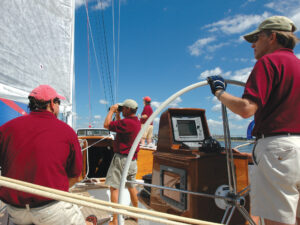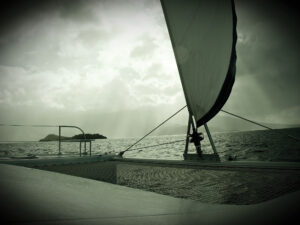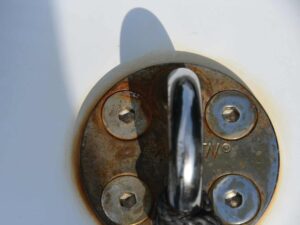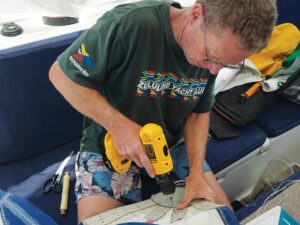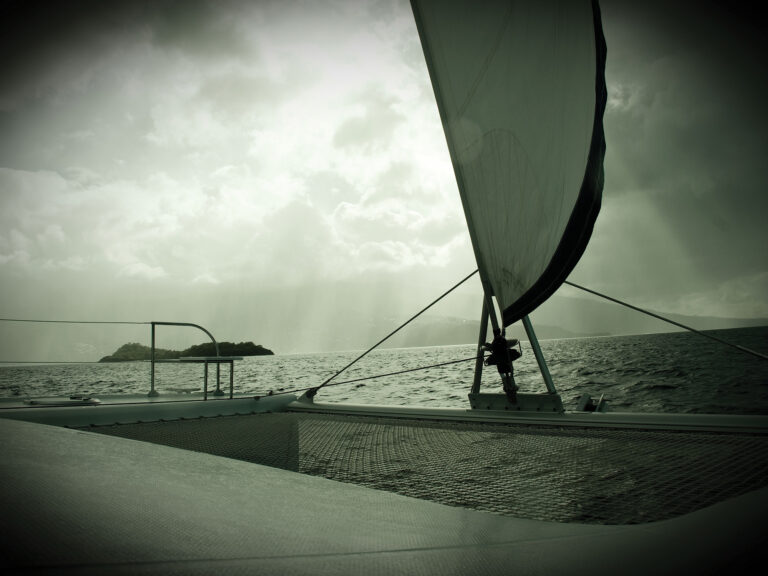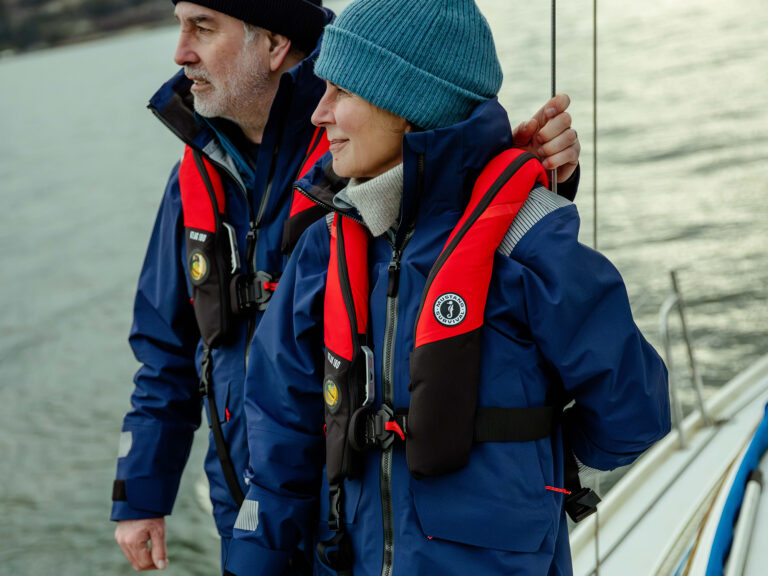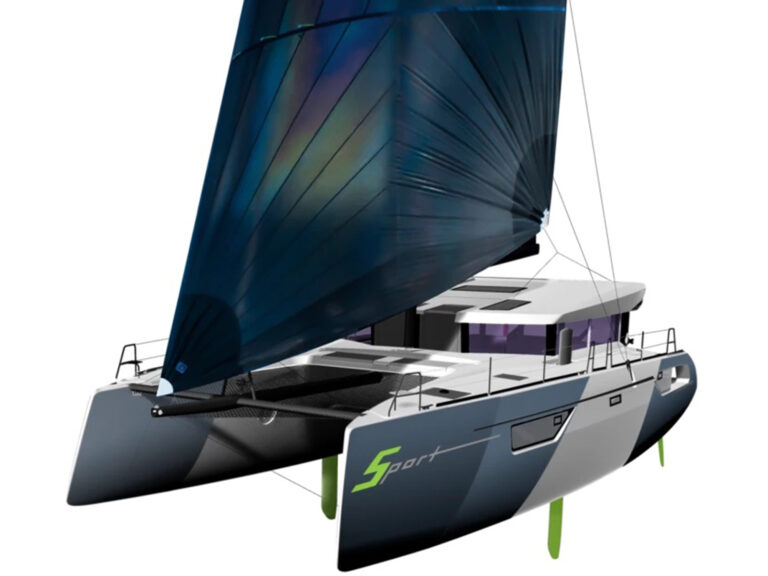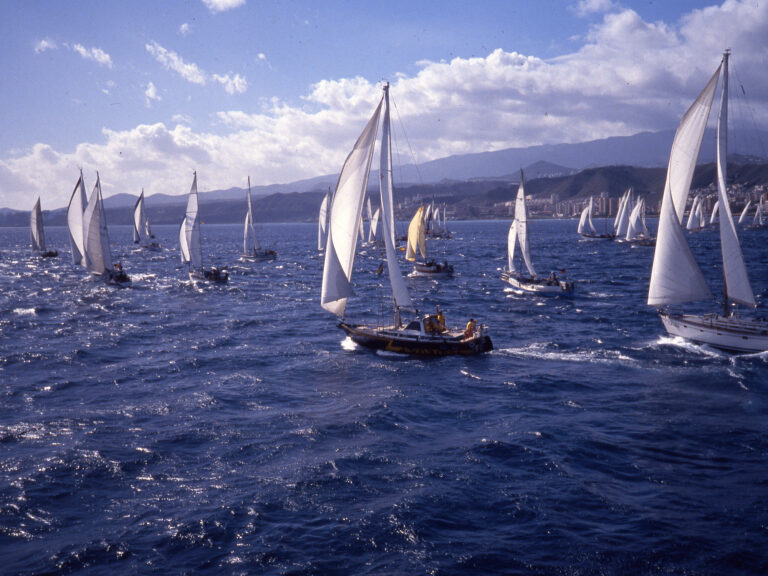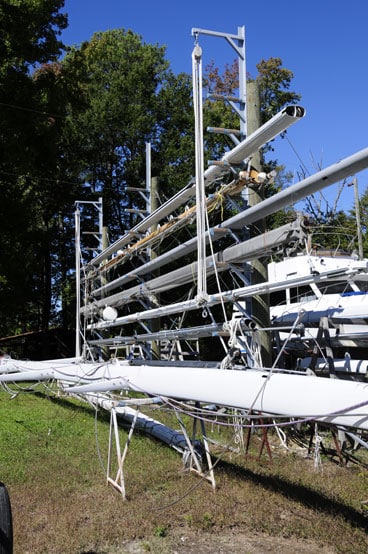
Storing your Mast
There’s an axiom that applies to most marine gear: Proper preparation prevents poor performance. With spars and rigging, it’s especially relevant. The end of the season is the best time to make sure that your rig is prepared for winter storage and inspected so it’s ready to go next year.
I’m frequently asked if masts need to be unstepped each fall. The short answer is no, unless your yard requires it, but there are some advantages to doing so. These include being able to thoroughly inspect the mast’s step and foot, along with the entire spar and all of its parts. You also can do the latter by going aloft, but it’s certainly easier, and likely more thorough, to do the job from ground level. The drawbacks to unstepping the rig are the added expense and any wear and tear that occurs in the process. My personal rule of thumb is to pull the rig if it hasn’t been done in five or more years or if it’s never been done during your ownership of the vessel.
In either case, all sails must be unbent. Additionally, running rigging should be removed, and if the spar is to remain stepped or if it utilizes internal halyards, lines should be replaced with messengers that are resistant to ultraviolet light. Besides wear and tear, any lines left on the mast are susceptible to rodent damage, which can be costly.
If the rig’s pulled, electrical connections for lights and antennas should be disconnected; if they aren’t equipped with terminal strips and coaxial connectors, now is a good time to install them. Inspect the connectors for damage and corrosion. In particular, make certain that coaxial terminals are soldered at the center pin and shield; you’ll have to screw back the ferrule—the outer casing of the connector—to access the shield solder points.
Standing rigging should also be inspected for cracks and other damage. The time to find defects is now, before the storage season commences, because during the winter, riggers will have plenty of time to service your needs. If the rigging is more than five years old, consider cleaning turnbuckles and other critical components with bronze wool and inspecting them with a magnifying glass. If you’d like to go a step further, these parts can be dye checked to reveal otherwise undetected cracks or other defects.
Remove the electronic wind-indicator transducer as well as the mechanical Windex to prevent them from being damaged. If the tricolor navigation light is removable, unship it as well. Exposed connections should then be checked for corrosion, lightly coated with dielectric grease, and covered; most manufacturers supply dust covers for this purpose.
Finally, complete a walk down of the spar, inspecting it closely for corrosion and paint damage. Be sure to remove all tape and chafe guards from spreader tips because covered components are notorious for being breeding grounds for poultice corrosion. If you catch it early, blistered paint and corrosion can be spot repaired.
Steve D’Antonio offers services for boat owners and buyers through Steve D’Antonio Marine Consulting.

